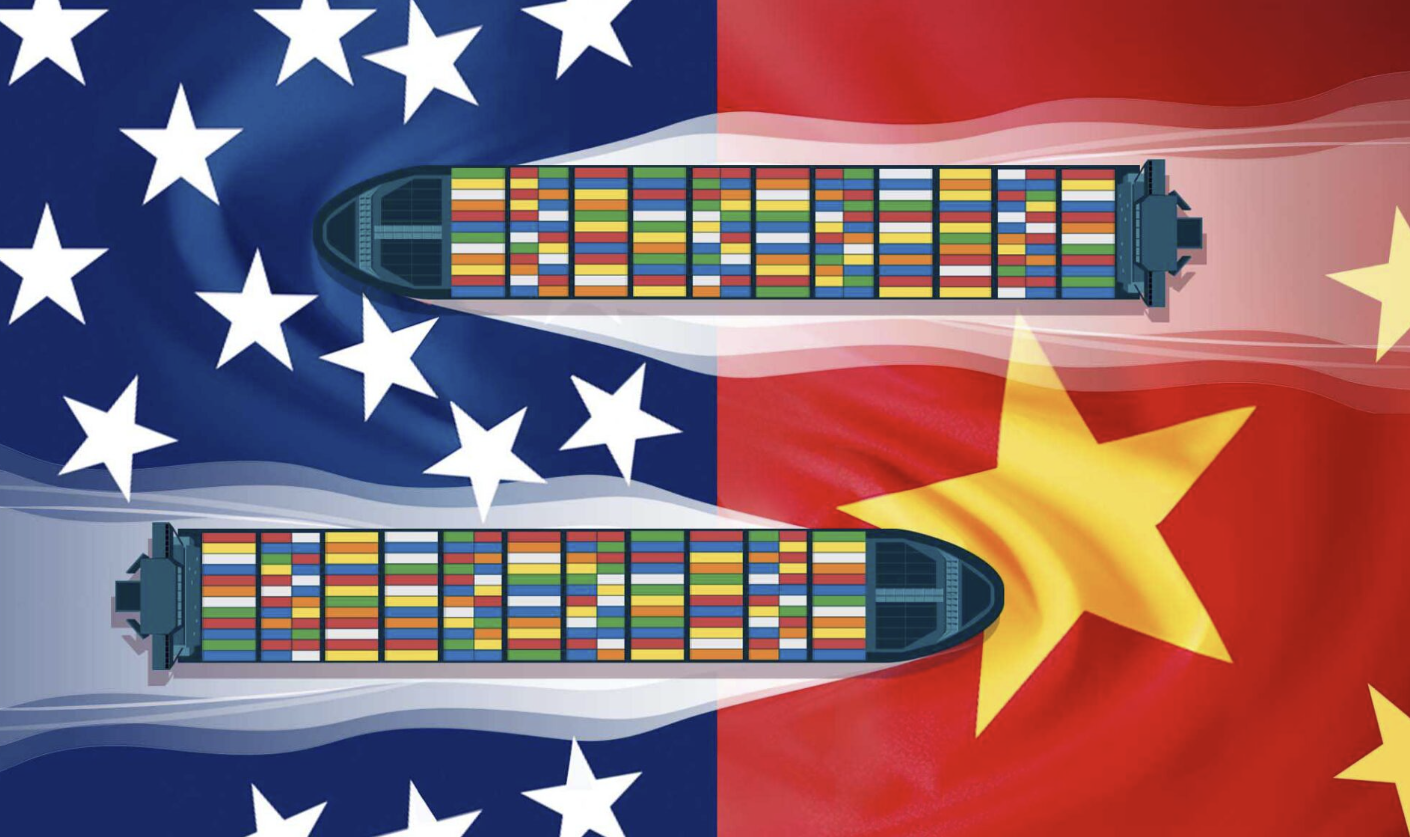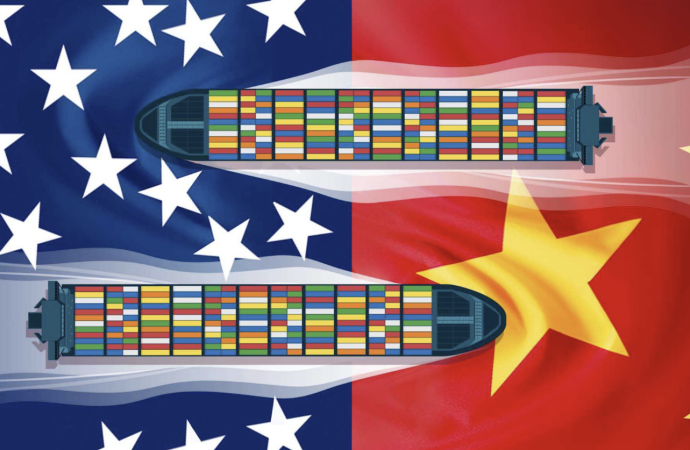President Trump has often argued that tariffs are a tool to pressure Canada (and other nations) to address issues such as illegal migration, drug trafficking, and overall border security. From his perspective, tariffs serve as leverage to push Canada into broader compliance on these matters, although Canadian officials maintain that they have consistently cooperated with

President Trump has often argued that tariffs are a tool to pressure Canada (and other nations) to address issues such as illegal migration, drug trafficking, and overall border security. From his perspective, tariffs serve as leverage to push Canada into broader compliance on these matters, although Canadian officials maintain that they have consistently cooperated with U.S. authorities. However, economists warn that the impact goes beyond just policing policies. Higher import costs could negatively affect businesses and consumers on both sides of the border. Below is a timeline highlighting key developments in the ongoing U.S.-Canada tariff tensions, with an eye on how these issues are evolving in 2025.
China Responds with New Tariffs
February 4, 2025
China has announced a 15% tariff on U.S. coal and liquefied natural gas, and a 10% tariff on American crude oil, large-engine cars, and agricultural machinery. These tariffs are set to take effect on February 10, leaving room for potential negotiations to prevent a full-scale trade war. The move follows President Trump’s declaration of a 10% levy on all Chinese goods entering the U.S., though both nations have suggested the possibility of talks to de-escalate tensions. Analysts believe that China’s targeted tariffs, which don’t cover its major imports, are more of a strategic opening rather than a full retaliation. Despite growing economic resilience, China’s economy is still vulnerable to disruptions, and if these tariffs don’t spark productive talks, there could be wider consequences for global markets.
PM Trudeau: 30-Day Delay on U.S. Tariffs
February 3, 2025
Prime Minister Justin Trudeau has announced a 30-day delay on U.S. tariffs on Canadian goods, offering a temporary reprieve in the ongoing trade dispute. This decision followed a second phone call between Trudeau and President Trump, during which both leaders agreed to continue negotiating a new border deal. Specific details are still under discussion, but Trudeau has indicated that more frequent talks are planned in an effort to resolve the tariff issues and improve cross-border trade.
Mexico Tariff Pause
February 3, 2025
President Trump also decided to pause the planned 25% tariffs on Mexican imports for one month after meeting with Mexican President Claudia Sheinbaum. In return, Mexico agreed to deploy 10,000 National Guard troops to the U.S.-Mexico border. However, tariffs on Canadian and Chinese goods remain in place, causing stock markets to decline. Both countries are working toward a more cooperative solution to border security before the reprieve ends.
Ontario’s Response to U.S. Tariffs
February 3, 2025
In response to the growing trade tensions, Ontario Premier Doug Ford announced a ban on contracts with U.S. firms, including the cancellation of a $68 million deal with Elon Musk’s Starlink. Ford described the move as “Ontario’s clear response” to U.S. policies that hurt local industries. The decision highlights how tariffs have impacted not only federal negotiations but also provincial-level actions. Businesses that rely on cross-border collaborations, especially in tech, are facing shifting regulations that complicate their operations.
Economic Impact and Market Concerns
February 3, 2025
Economists have warned that the tariffs could lead to market fluctuations and higher consumer prices. The U.S. tariffs on Canadian goods, including auto parts, steel, and aluminum, along with retaliatory Canadian duties on U.S. products like grain, meat, and processed foods, are disrupting supply chains. The greatest impacts are expected in industries such as automotive and manufacturing, where time-sensitive assembly lines face cost hikes. This has already caused short-term stock market drops and increased calls for bilateral talks to resolve the situation.
Canada’s 25% Tariffs in Retaliation
February 2, 2025
In retaliation, Prime Minister Trudeau announced that Canada would impose 25% tariffs on approximately C$30 billion worth of U.S. goods, effective February 4. The duties target U.S. metals, processed foods, and agricultural items—sectors that are vital to the U.S. export economy. Trudeau called the move “necessary to defend Canadian labor and business,” and while Canada remains open to negotiations, it insists that the U.S. unfairly links fentanyl trafficking to trade issues. This retaliation mirrors previous disputes where Canada imposed tariffs in response to U.S. actions, underscoring the challenge of balancing national security concerns with cross-border commerce.
U.S. Tariff Orders Signed
February 1, 2025
President Trump signed executive orders imposing a 25% supplemental tariff on Canadian and Mexican imports, alongside a 10% tariff on Canadian energy resources like crude oil and liquefied natural gas. Trump defended these actions as necessary for national security and addressing illegal migration. However, industry representatives from both countries expressed concern about the impact on supply chains, particularly in auto manufacturing and heavy machinery. Some governors and Canadian premiers have requested exemptions, but the administration has pushed forward with the tariffs as a means to enforce its policies.
Tariff Announcement Confirmed
January 31, 2025
President Trump confirmed that the 25% tariffs on Canadian and Mexican imports, along with 10% tariffs on certain Chinese goods, would take effect soon. The administration justified the tariffs with claims of “unaddressed cross-border crime,” though Canadian leaders denied any connection between their exports and fentanyl trafficking. Critics argue that the administration is conflating trade issues with law enforcement matters, and manufacturers have already started stockpiling key components in preparation for the tariffs.
President-Elect Trump’s Initial Tariff Announcement
November 25, 2024
Before officially taking office in January 2025, President-elect Trump announced his intention to impose a 25% tariff on goods from Canada and Mexico. He also indicated that other trade partners could face smaller tariffs linked to national security concerns and perceived shortcomings in migration policies. At the time, business groups urged the incoming administration to avoid mixing border control issues with trade agreements. Canadian officials began preparing for the potential impacts on vital exports, setting the stage for heightened tensions in early 2025.

















Leave a Comment
Your email address will not be published. Required fields are marked with *